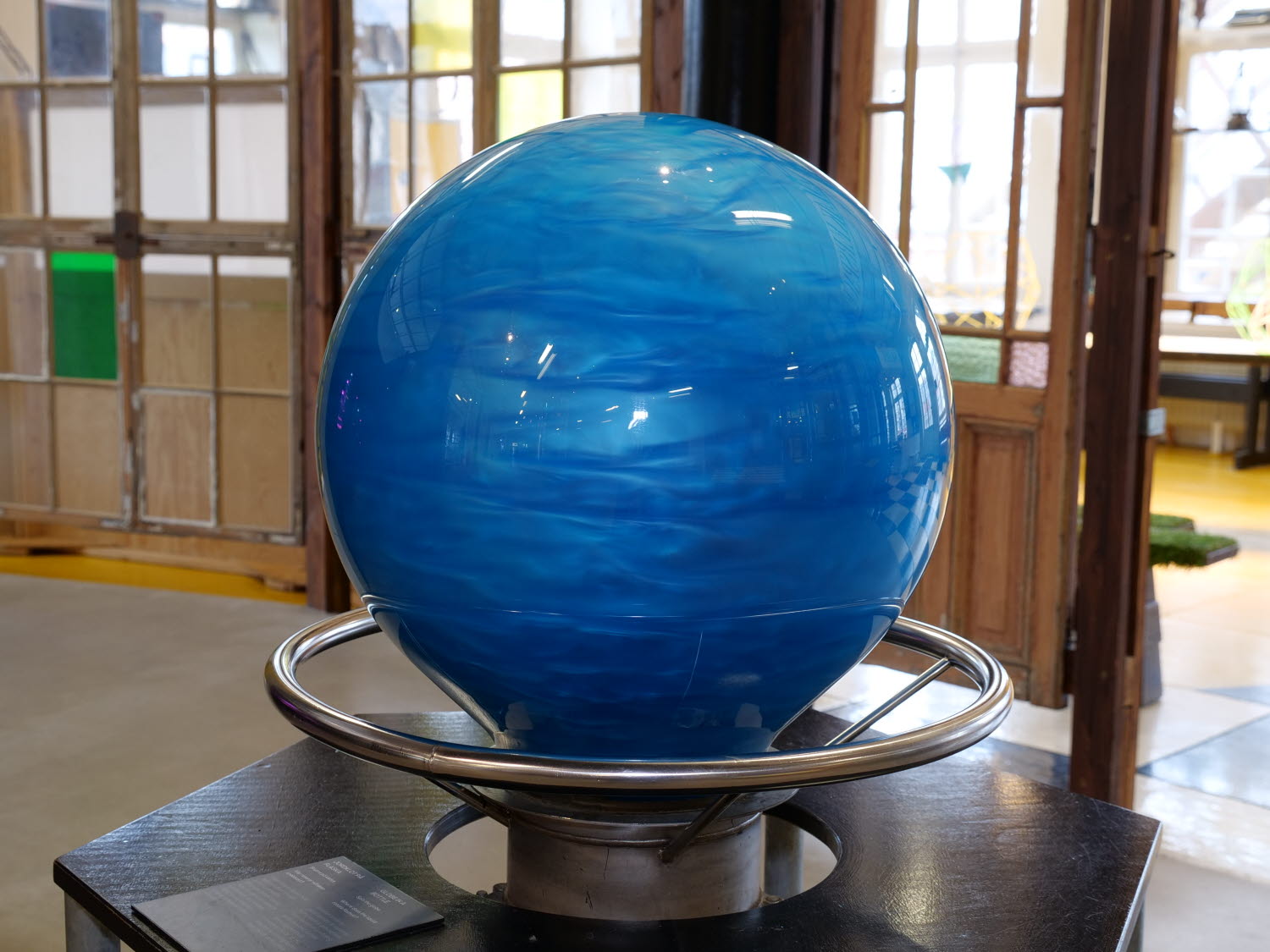
The Earth in a Bottle
When you spin the globe, you can see that the liquid moves faster in the middle than at the bottom. This is also how air currents move in the Earth’s atmosphere.
The movement of the air currents is caused partly by the gravitational force, which strives to shape the Earth like a sphere, and partly by the centrifugal force, which strives to shape the Earth like a disc. These two forces give Earth an ellipsoid shape, meaning that it is not perfectly round but slightly flattened at the poles. The gravitational force and the centrifugal force also make the air currents of the atmosphere move the way they do.
The gravitational force and the centrifugal force have an effect on every material thing on earth, including the air. Together, the gravitational and centrifugal forces create the Earth’s gravity. The gravitational force is stronger than the centrifugal force, and we cannot do anything to change it. However, the centrifugal force is affected by movement. If we move with the rotation of the Earth, the centrifugal force increases, and the other way around. As the Earth’s gravity is made up of the gravitational and centrifugal forces we get heavier if we move eastwards, which is the direction that the Earth is spinning, and we get lighter when we move westwards against the rotation of the Earth.
The direction of the Earth’s gravity also changes when we stand still. When the direction of gravity is at a right angle to the ground and we are in this part of the world, the right angle ends up slightly to the side of the Earth’s centre. When the air masses in the atmosphere move westwards, they pick up speed, while the speed decreases when they move eastwards.
This creates an inertial force known as the Coriolis force. The Coriolis force is a combination of centrifugal force and gravity that creates a lateral effect. If the Coriolis force is greater than the gravitational force, the air masses will move towards the equator. If the air masses are moving westwards against the rotation of the Earth, the speed is reduced and the air will move away from the equator towards the North Pole, making a right turn.
When air masses are moving northwards, the centrifugal force decreases because the rotation speed is reduced. When air masses are moving southwards, the centrifugal force increases. The movement takes the form of an inward or outward spiral. When this happens, the resulting centrifugal force no longer runs straight southwards, but at an angle to that direction. This means that both northward and southward movements deviate to the right in the northern hemisphere and to the left in the southern hemisphere. The Coriolis force is the same and always pulls to the right no matter which direction the air is moving in the northern hemisphere.









